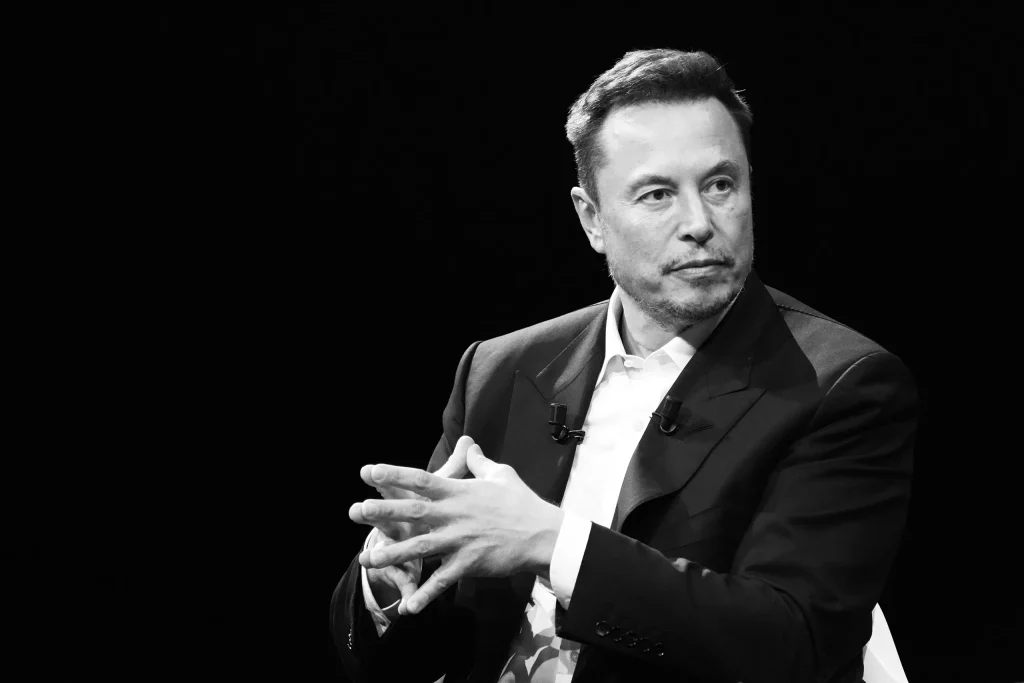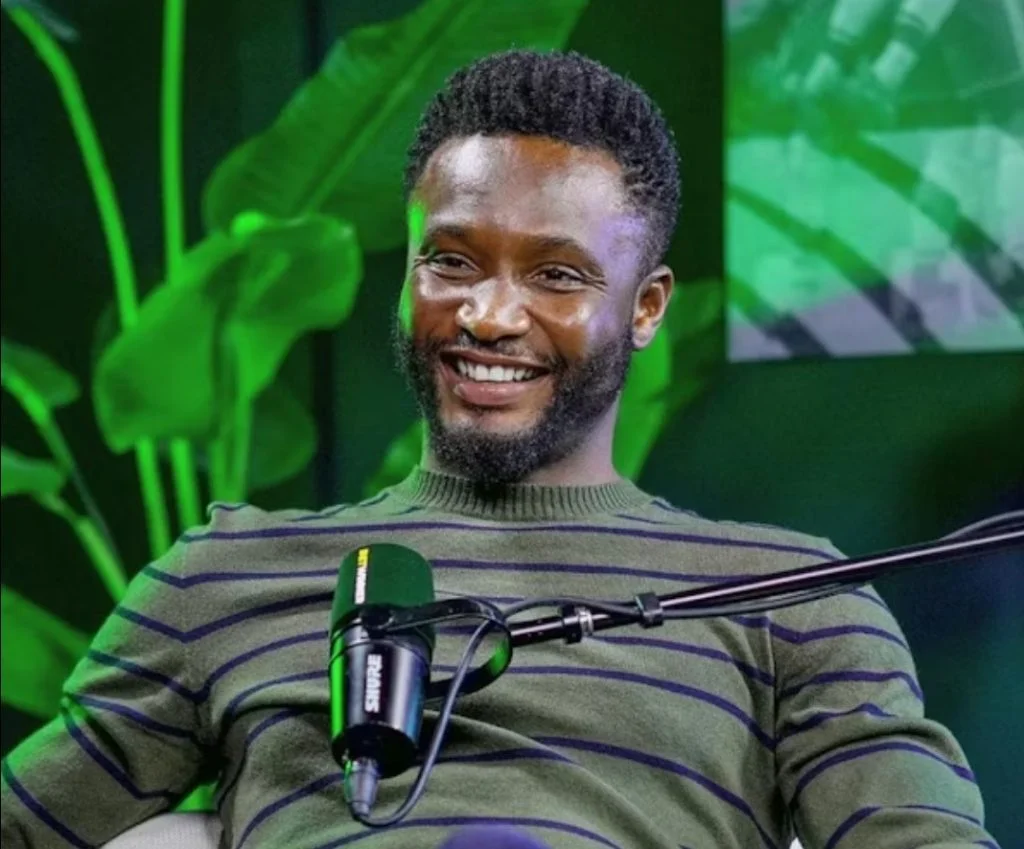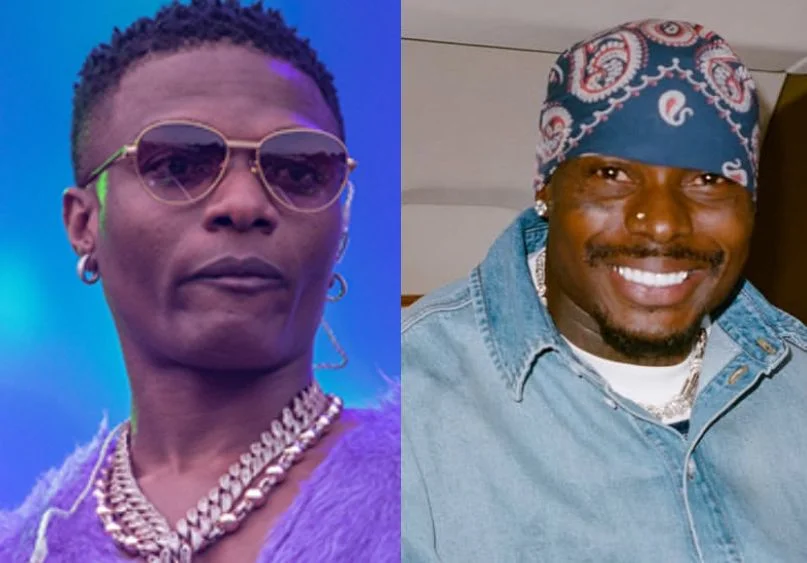A federal appeals court has partially revived a lawsuit accusing Elon Musk’s social media platform, X—formerly known as Twitter—of fostering an environment that enabled the spread of child exploitation materials. Although the court reaffirmed that X enjoys broad immunity from certain legal claims related to user-generated content, it also determined that the platform must still face serious allegations of negligence in failing to act swiftly on a report of child sexual abuse imagery.
On Friday, the 1st U.S. Circuit Court of Appeals in San Francisco delivered a ruling that has reignited a legal battle over how social media companies handle reports of child exploitation. The court’s decision represents a significant development in the ongoing scrutiny over online platforms’ responsibilities when it comes to protecting children from harm.
While the court dismissed some of the plaintiffs’ claims, it concluded that X cannot escape accountability for one particular charge: that the company failed to promptly report known child pornography to the National Center for Missing and Exploited Children (NCMEC). The lawsuit dates back to a time before Elon Musk’s 2022 acquisition of Twitter. Importantly, Musk himself is not named as a defendant in this case.
The Origins of the Case
The lawsuit centers on a disturbing incident involving two boys, identified in court filings as John Doe 1 and John Doe 2. According to the complaint, John Doe 1 was only 13 years old when he and his friend were targeted on Snapchat by someone posing as a 16-year-old girl from their school. The impersonator tricked them into sending explicit images of themselves.
In reality, the Snapchat account belonged to a child pornography trafficker, not a peer. Once the trafficker obtained the initial explicit content, he allegedly blackmailed the minors into producing and sending additional sexual material. Eventually, this disturbing collection of images was compiled into a video, which was then uploaded to Twitter’s platform.
A Delayed Response with Lasting Harm
The plaintiffs assert that Twitter, now X, took an unreasonably long time—nine days—to remove the video after being made aware of its existence. During that time, the video reportedly garnered over 167,000 views, amplifying the trauma experienced by the victims. Worse still, according to the lawsuit, the platform delayed reporting the content to NCMEC, as required under federal law.
The delays prompted outrage and became central to the plaintiffs’ argument that X acted negligently. In her written opinion, Circuit Judge Danielle Forrest underscored that Section 230 of the Communications Decency Act, which typically shields platforms from liability for user-generated content, does not apply once a company has actual knowledge of child sexual abuse material.
“The facts alleged here, coupled with the statutory ‘actual knowledge’ requirement, separates the duty to report child pornography to NCMEC from Twitter’s role as a publisher,” Judge Forrest wrote. Her comment emphasizes that once a platform becomes aware of such content, it cannot hide behind legal protections intended for neutral intermediaries.
Legal Protections and Their Limits
For years, Section 230 has been a cornerstone of legal defenses used by social media platforms. It generally shields them from being held responsible for the content their users post. However, this case reveals the limits of that protection, especially when it comes to child safety laws.
Although the court found that X is still immune from certain claims, including allegations that it benefited financially from sex trafficking or that its search algorithms amplified explicit content, the ruling clearly delineates a boundary. Once a platform knows about child pornography, it carries a legal obligation to act swiftly and responsibly.
This distinction is critical, as it implies that tech companies can no longer rely solely on passive immunity when it comes to safeguarding children. If a platform becomes aware of illegal content and fails to take action, it may be held liable—not as a publisher, but for negligence and failure to comply with federal reporting requirements.
Obstacles to Reporting on X
The appeals court also ruled that X must face a second claim: that its internal infrastructure and user interface made it too difficult to report child sexual abuse material. According to the plaintiffs, the platform’s reporting mechanisms were confusing, ineffective, or buried, thus delaying efforts to remove harmful content.
In the digital age, where content can go viral within minutes, the ease and efficiency of reporting mechanisms are more critical than ever. Platforms are expected to not only respond to complaints but to also ensure that users—especially minors and their families—can report abusive content without undue difficulty.
Reaction from Legal Advocates
Dani Pinter, a lawyer representing the plaintiffs and a legal advisor at the National Center on Sexual Exploitation, hailed the court’s decision as a step toward justice. “We look forward to discovery and ultimately trial against X to get justice and accountability,” she said in a public statement.
Her remarks echo a growing sentiment among child advocacy groups: that tech companies must do more to prevent the exploitation of minors on their platforms. While social media enables connection and expression, it also poses real dangers—especially for vulnerable users.
Implications for the Tech Industry
This lawsuit comes at a time of intensifying public and legislative scrutiny of tech giants over their handling of harmful content. Platforms like X, Meta (formerly Facebook), and others have frequently defended their moderation practices by citing the sheer volume of content posted daily. However, this defense may no longer suffice in situations involving illegal or exploitative material.
If X is ultimately found liable, the outcome could set a powerful precedent, encouraging lawmakers to reevaluate the scope of Section 230 immunity and pushing tech companies to invest in stronger content moderation systems, more responsive reporting tools, and proactive detection technology.
Elon Musk’s Role and Company Response
Though Elon Musk now owns X, he is not implicated in this lawsuit, which concerns actions taken before his takeover in 2022. Nevertheless, Musk’s leadership of the platform has drawn widespread attention, particularly regarding content moderation policies.
Since acquiring Twitter, Musk has made sweeping changes, including staff reductions and adjustments to trust and safety operations. Critics argue that these changes may have undermined the company’s ability to police harmful content. The current lawsuit—while not directly involving him—could place additional pressure on X to reassess its safety infrastructure.
As of this writing, X’s legal representatives have not issued a comment on the court’s decision, and the company has not provided any official response regarding its plans for compliance or improvement.
Moving Forward
The case, officially titled Doe 1 et al v Twitter Inc et al, continues in the 9th U.S. Circuit Court of Appeals under docket number 24-177. It now returns to lower court proceedings, where both sides will engage in the discovery phase, potentially leading to a trial.
As the legal process unfolds, the spotlight will remain on how X—and by extension, the broader tech industry—meets its responsibilities to prevent and respond to child exploitation online. For the victims involved, the road to justice is far from over, but this ruling marks a significant and hopeful turn.












